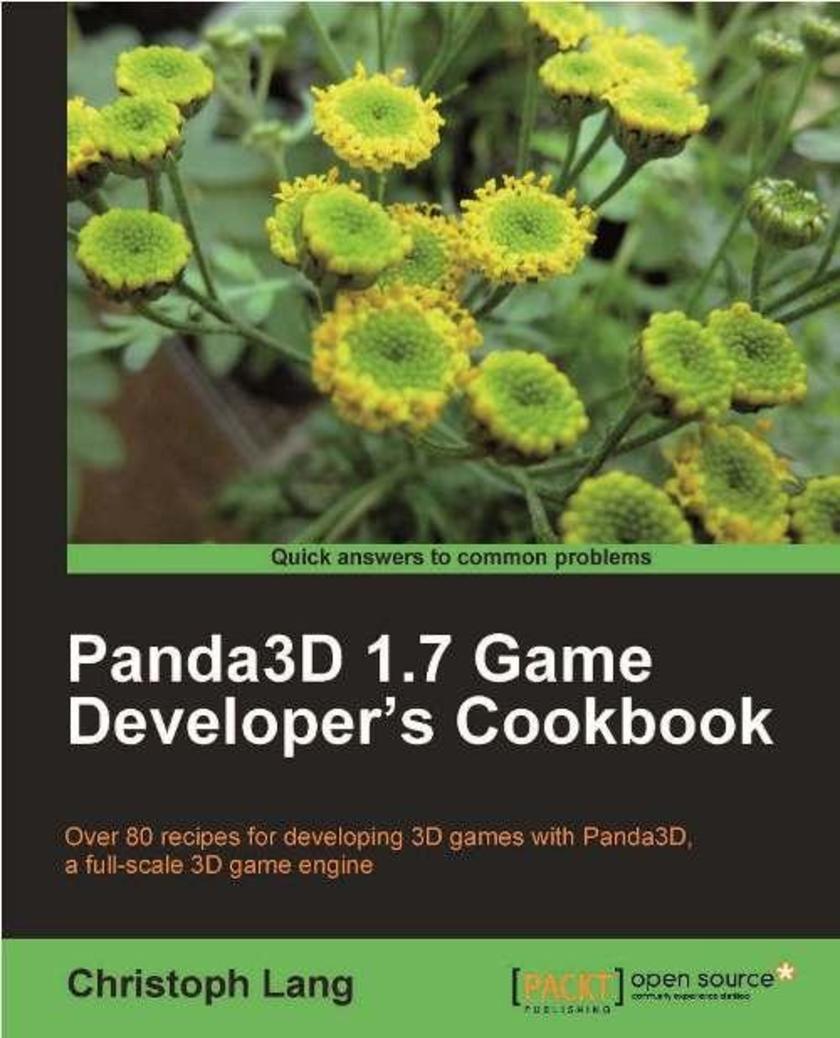
Panda3d 1.7 Game Developers Cookbook
¥80.65
This is a cookbook with over 80 recipes offering solutions to common game development problems with Panda3D with explained sample code and screenshots added in. If you are a developer with experience in Python, Panda3D, and optionally C++ and shading languages and you are looking for quick and easy to integrate solutions to common game development problems with Panda3D, this book is for you.
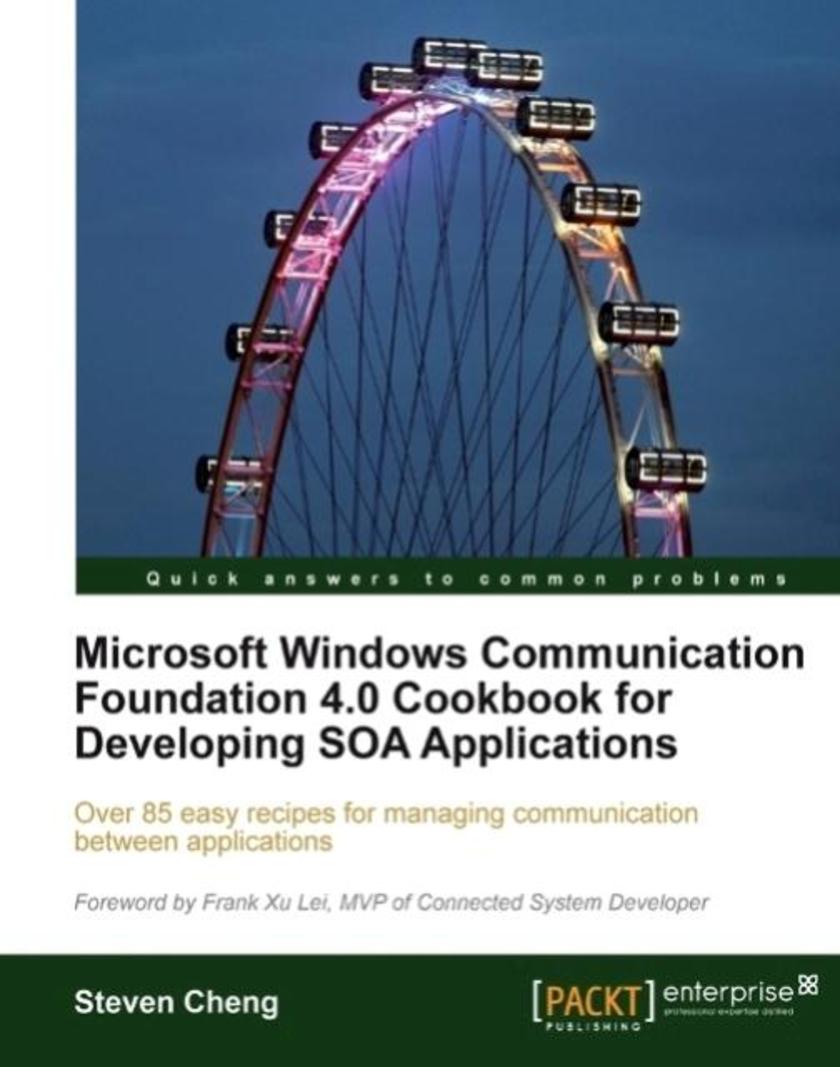
Microsoft Windows Communication Foundation 4.0 Cookbook for Developing SOA Appli
¥90.46
The recipes in this book are easy to understand and follow as the author discusses real-world scenarios. The range of topics covered in this book will bring out the forward-thinking WCF developer in you. It is not a comprehensive reference to the whole of WCF, but a practical guide that boosts proficiency when working with the various features of WCF. The examples are supported by relevant background information for ease of understanding. If you work with Windows Communication Foundation 4.0 and you want to be efficient when working with WCF features such as interoperability, proxy generation, and security, you will find this book very useful. With this book you will be able to find quick and handy solutions for various kinds of service development scenarios using Microsoft Windows Communication Foundation 4.0. To follow the recipes you will need to be comfortable with .NET Framework, C# programming, and the basics of SOA and how to develop them.
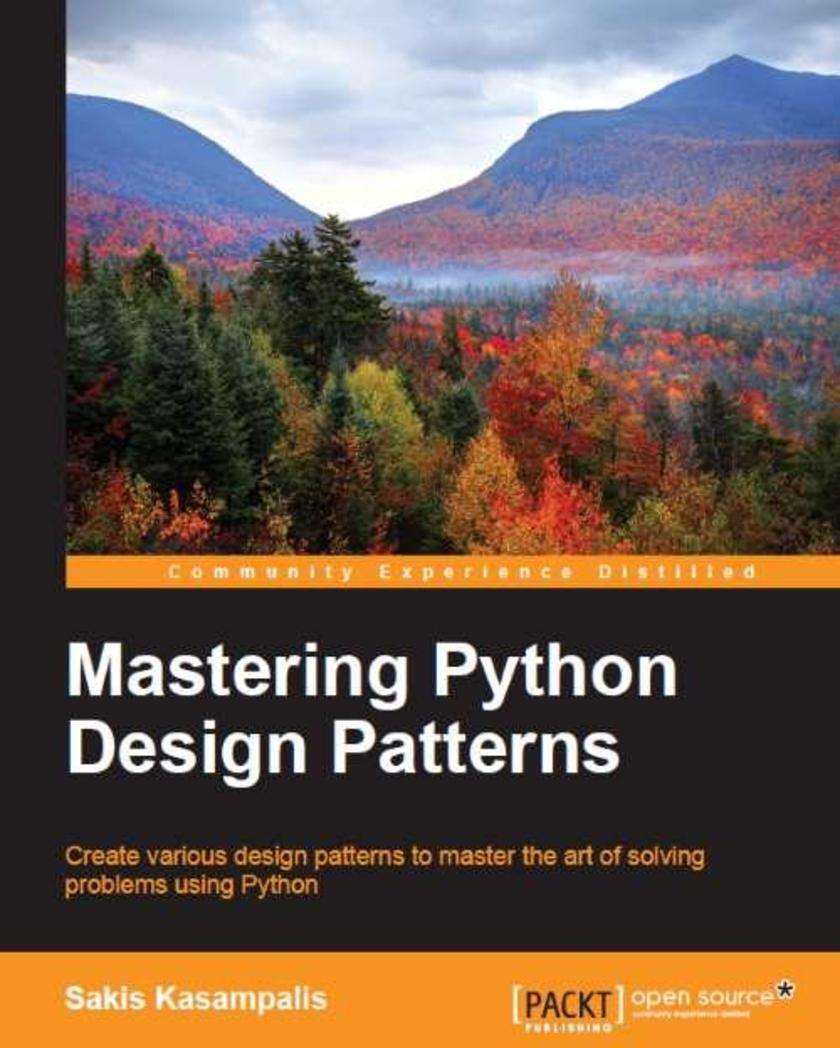
Mastering Python Design Patterns
¥80.65
This book is for Python programmers with an intermediate background and an interest in design patterns implemented in idiomatic Python. Programmers of other languages who are interested in Python can also benefit from this book, but it would be better if they first read some introductory materials that explain how things are done in Python.
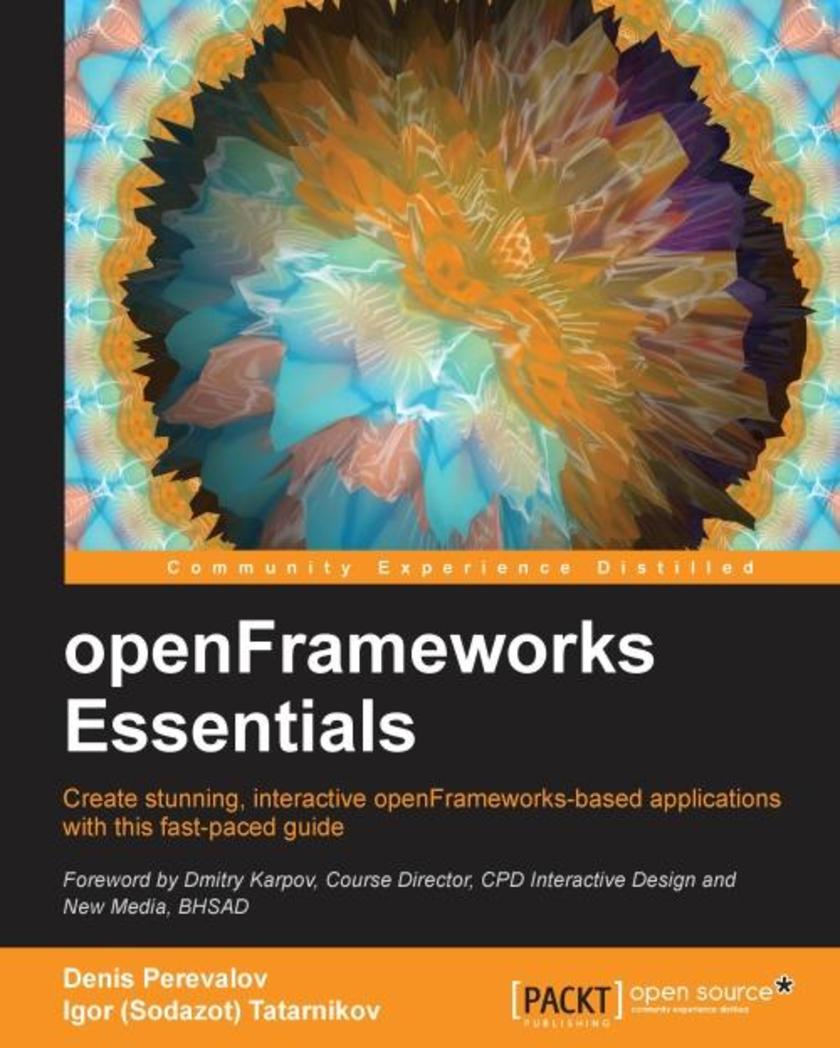
openFrameworks Essentials
¥54.49
If you are a programmer, visual artist, or designer with experience in creative coding, and want to use openFrameworks to create fun, stunning, and interactive applications, this is the book for you. Basic knowledge of programming languages, such as C++, Java, Python, or JavaScript, will be enough to proceed with the book.
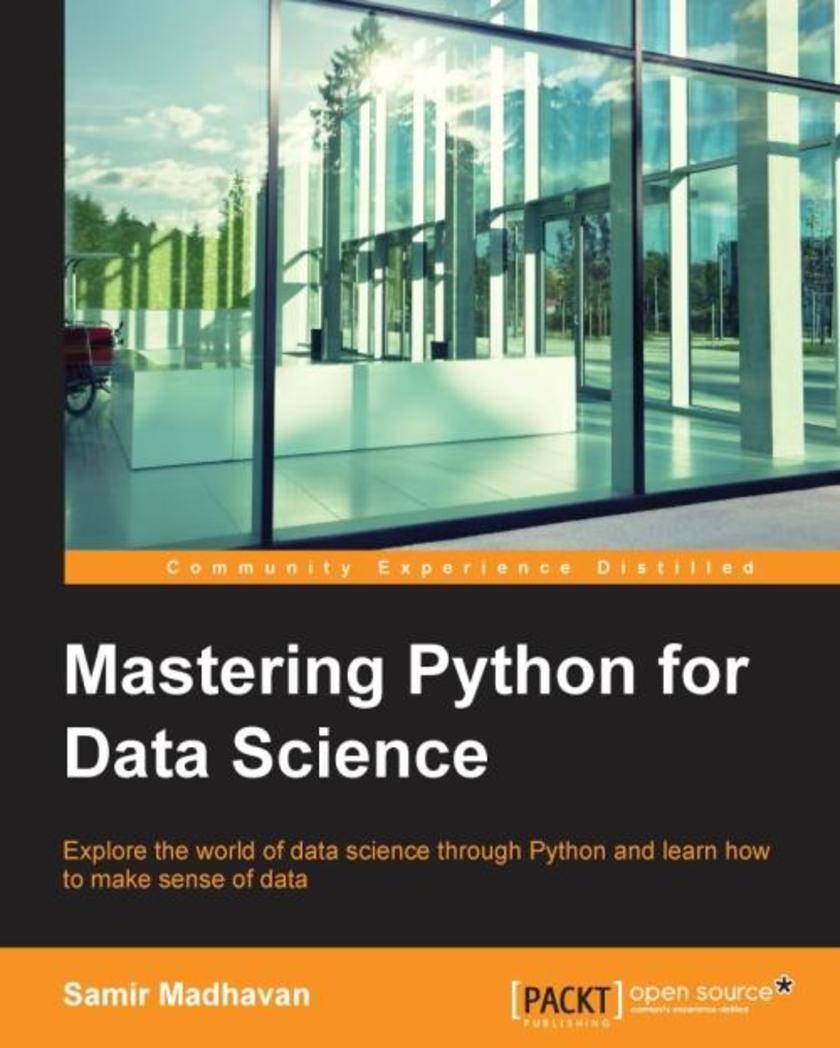
Mastering Python for Data Science
¥99.18
If you are a Python developer who wants to master the world of data science, then this book is for you. Some knowledge of data science is assumed.
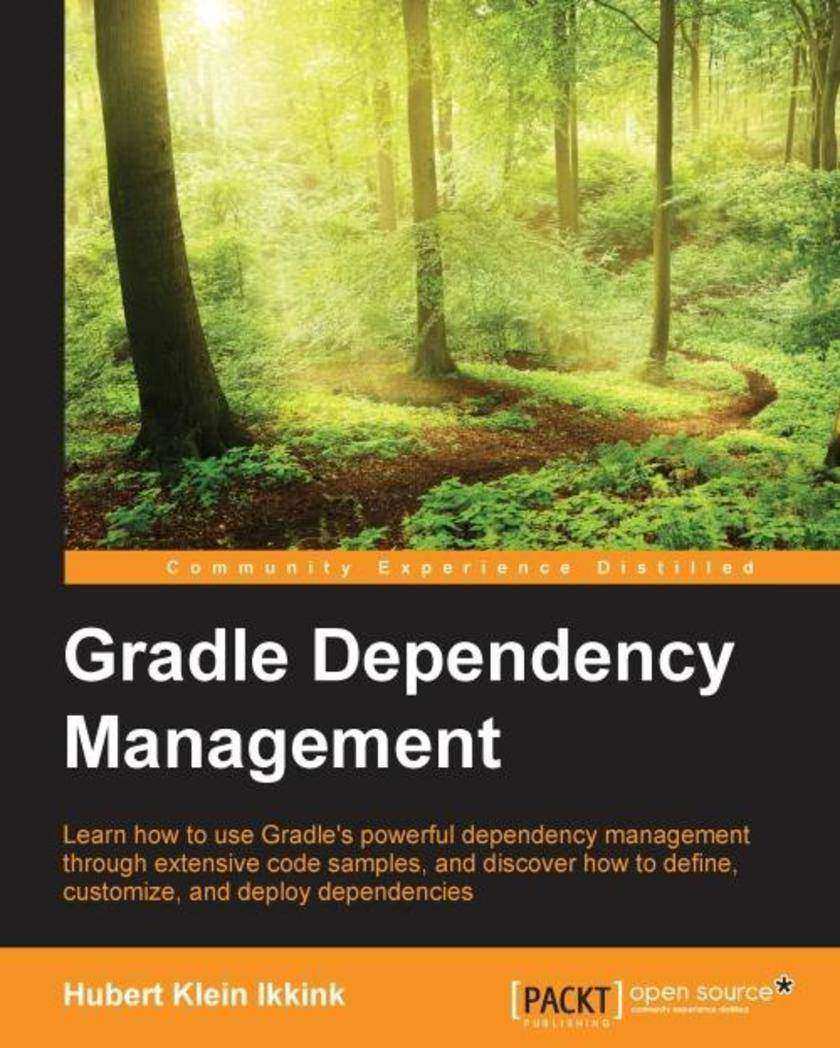
Gradle Dependency Management
¥54.49
If you work on Java projects, use Gradle as a build automation tool, and you use dependencies in your project, this is the book for you. Additionally, if you want to deploy your project artifacts as dependencies for other developers using Gradle, you've found the right book.

Troubleshooting Puppet
¥63.21
If you are a beginner to intermediate Puppet engineer looking for guidance to help fix problems with your Puppet deployments, this book is for you.
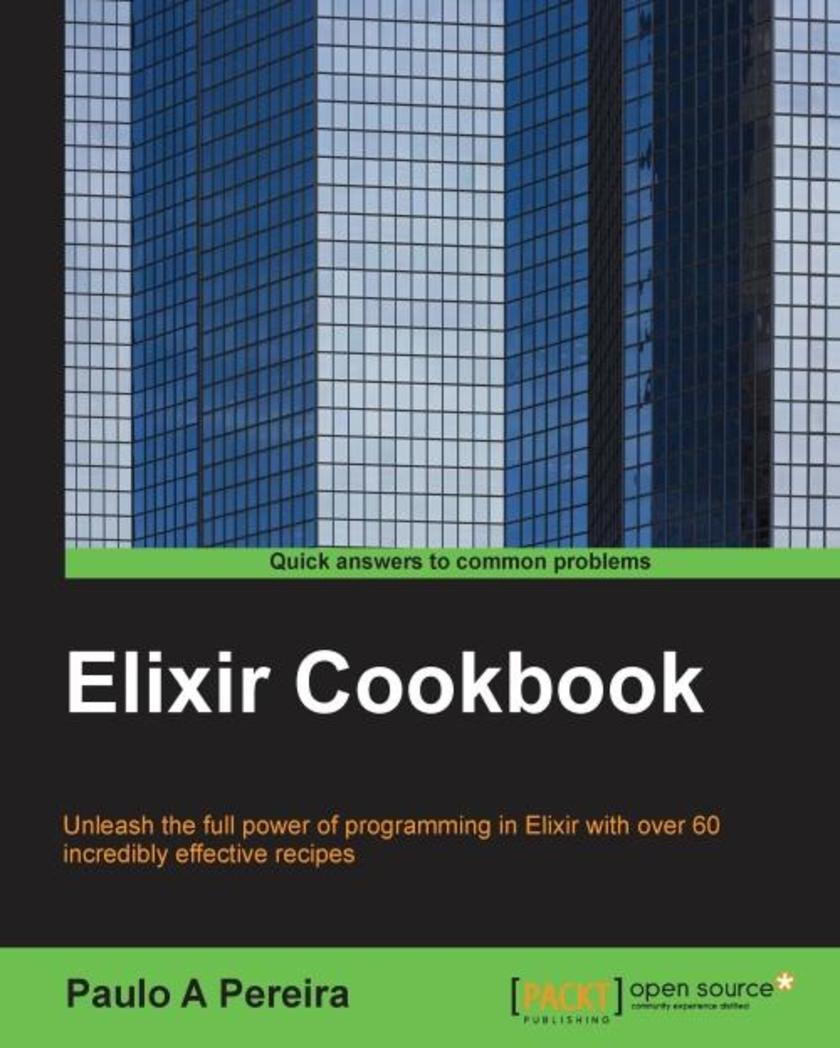
Elixir Cookbook
¥80.65
This book is intended for users with some knowledge of the Elixir language syntax and basic data types/structures. Although this is a cookbook and no sequential reading is required, the book’s structure will allow less advanced users who follow it to be gradually exposed to some of Elixir’s features and concepts specific to functional programming. To get the most out of this book, you need to be well versed with Erlang.
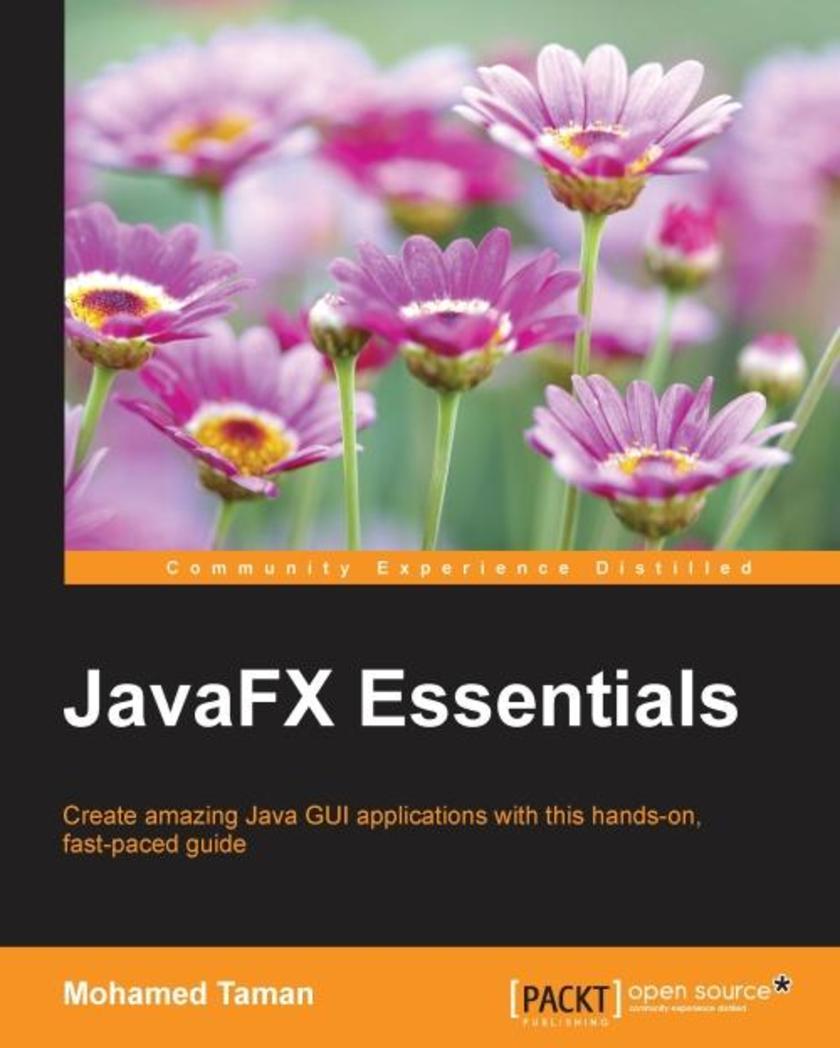
JavaFX Essentials
¥63.21
If you are a Java developer, an experienced Java Swing, Flash/Flex, SWT, or web developer looking to take your client-side applications to the next level, this book is for you.
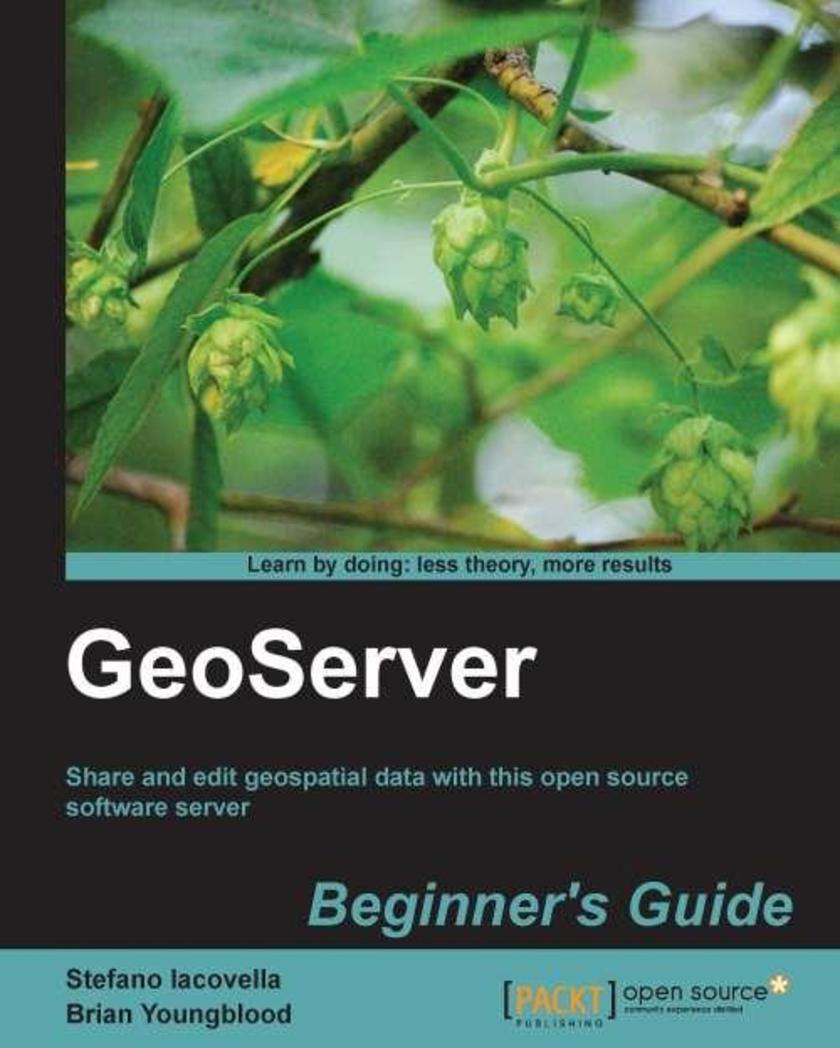
GeoServer Beginner’s Guide
¥90.46
Step-by-step instructions are included and the needs of a beginner are totally satisfied by the book. The book consists of plenty of examples with accompanying screenshots and code for an easy learning curve. You are a web developer with knowledge of server side *ing, and have experience with installing applications on the server. You have a desire to want more than Google maps, by offering dynamically built maps on your site with your latest geospatial data stored in MySQL, PostGIS, MsSQL or Oracle. If this is the case, this book is meant for you.
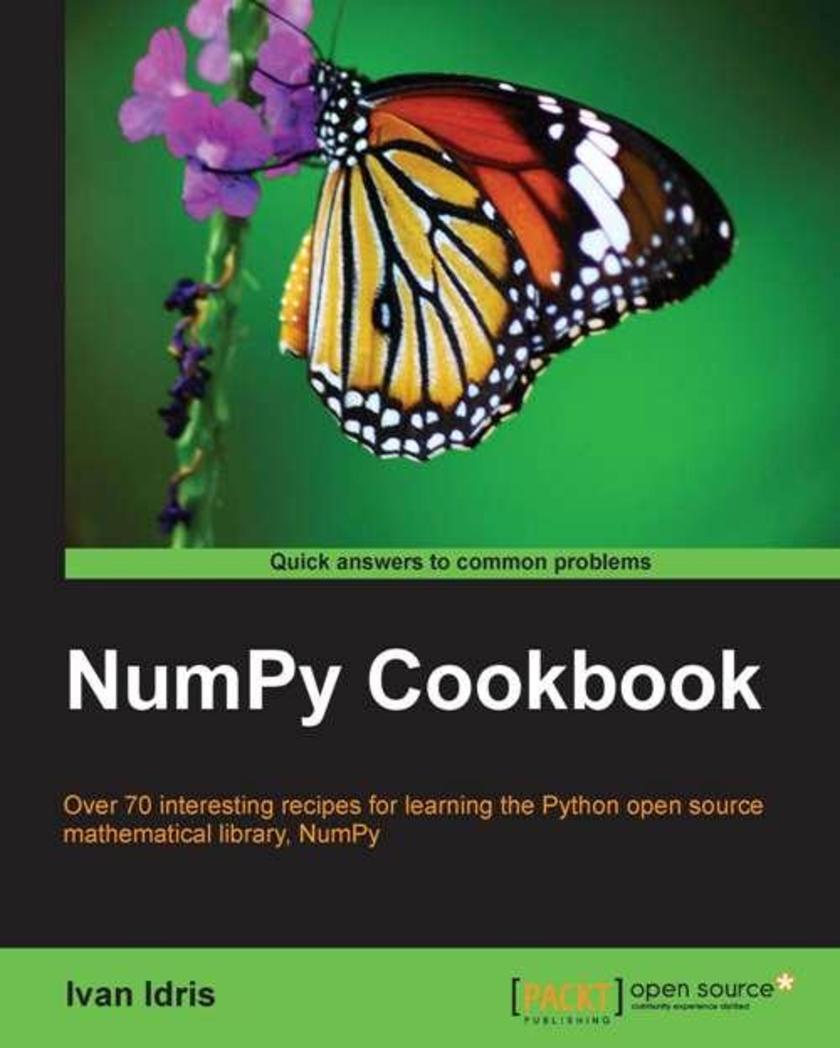
NumPy Cookbook
¥80.65
Written in Cookbook style, the code examples will take your Numpy skills to the next level. This book will take Python developers with basic Numpy skills to the next level through some practical recipes.
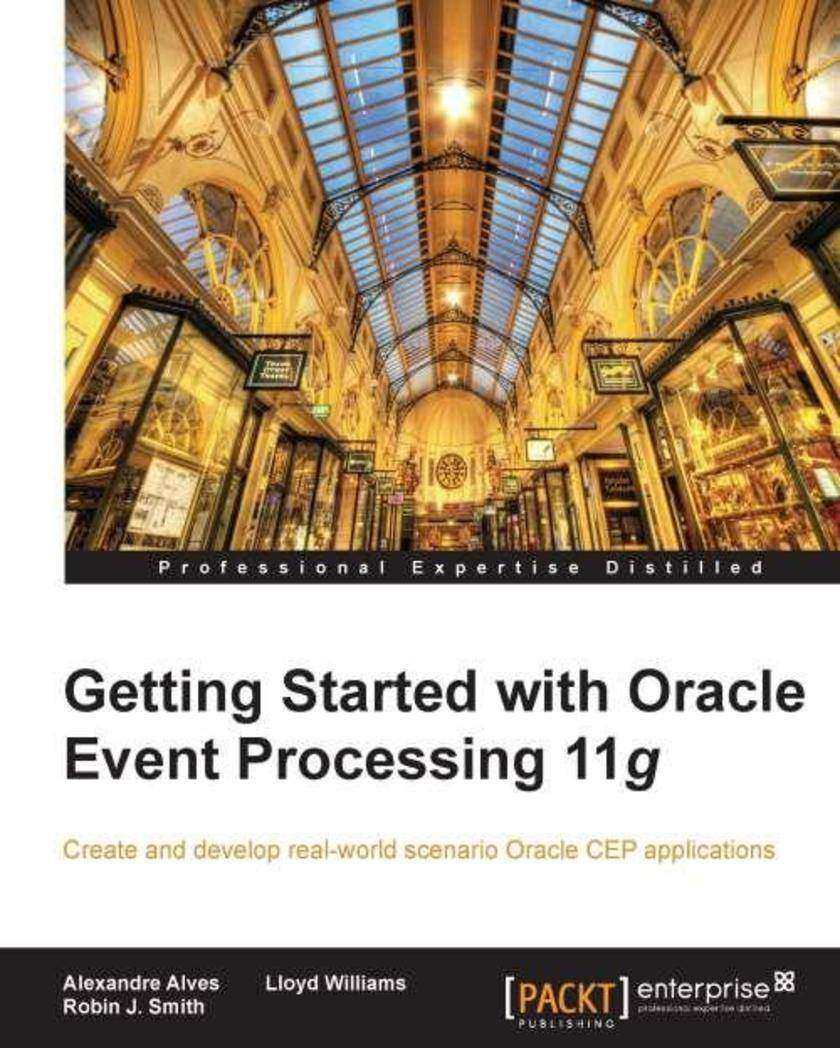
Getting Started with Oracle Event Processing 11g
¥90.46
This getting started book will use practical chapters which follow logical and progressively more complex tasks and examples, which will impart the skills of how to use Oracle Complex Event Processing to the reader. This book is aimed at both those with some knowledge of java and SQL database experience, but it is also written so that if you are completely new to this topic you will understand this new technology domain no matter your background or industry.
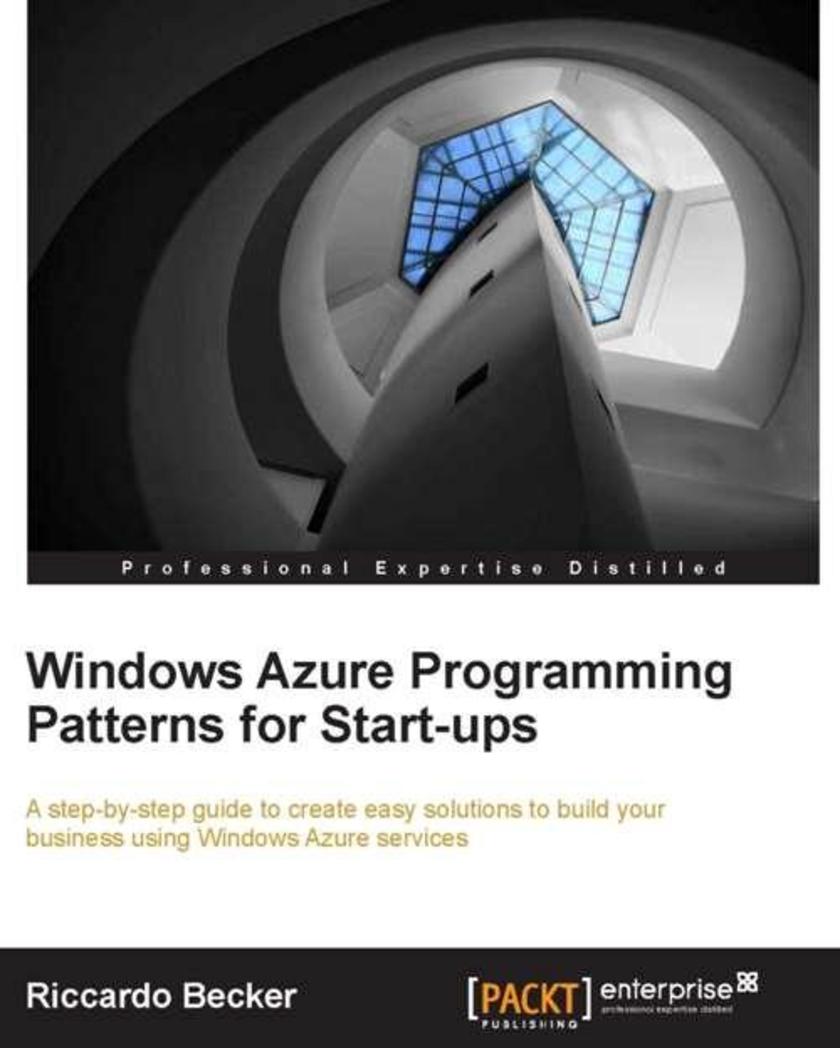
Windows Azure programming patterns for Start-ups
¥80.65
This book follows a step-by-step approach with clear transparent instructions, screenshots and code samples. This book is intended for Microsoft .NET developers who want to leverage the power of cloud and build a brand new service from scratch; it assumes a basic understanding of the .NET framework and C#.

Instant RESS Implementation: How To
¥41.41
Filled with practical, step-by-step instructions and clear explanations for the most important and useful tasks .Written with developers in mind this guide will show you how to make use of RESS using easy to follow examples and step by step solutions. Using PHP, HTML5, JavaScript and CSS this book will give you a solid foundation in RESS. You will need to have a good grasp of these languages as the techniques used are advanced.
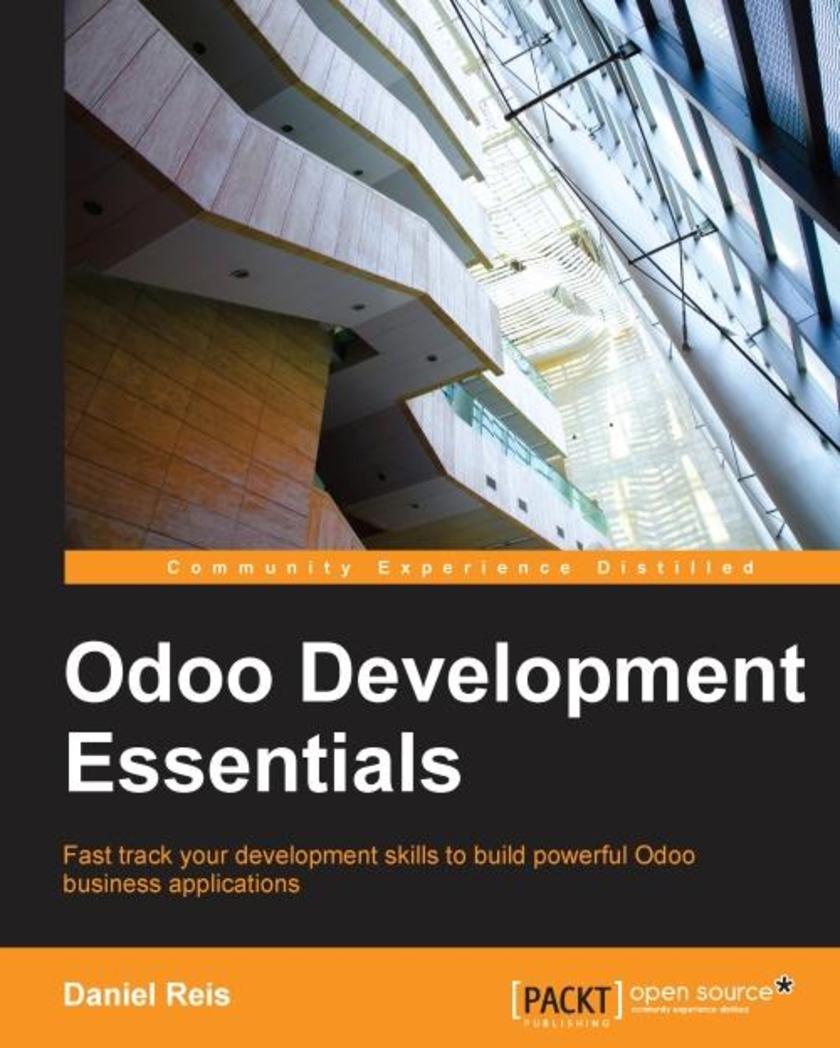
Odoo Development Essentials
¥54.49
This book is intended for developers who need to quickly become productive with Odoo. You are expected to have experience developing business applications, as well as an understanding of MVC application design and knowledge of the Python programming language.
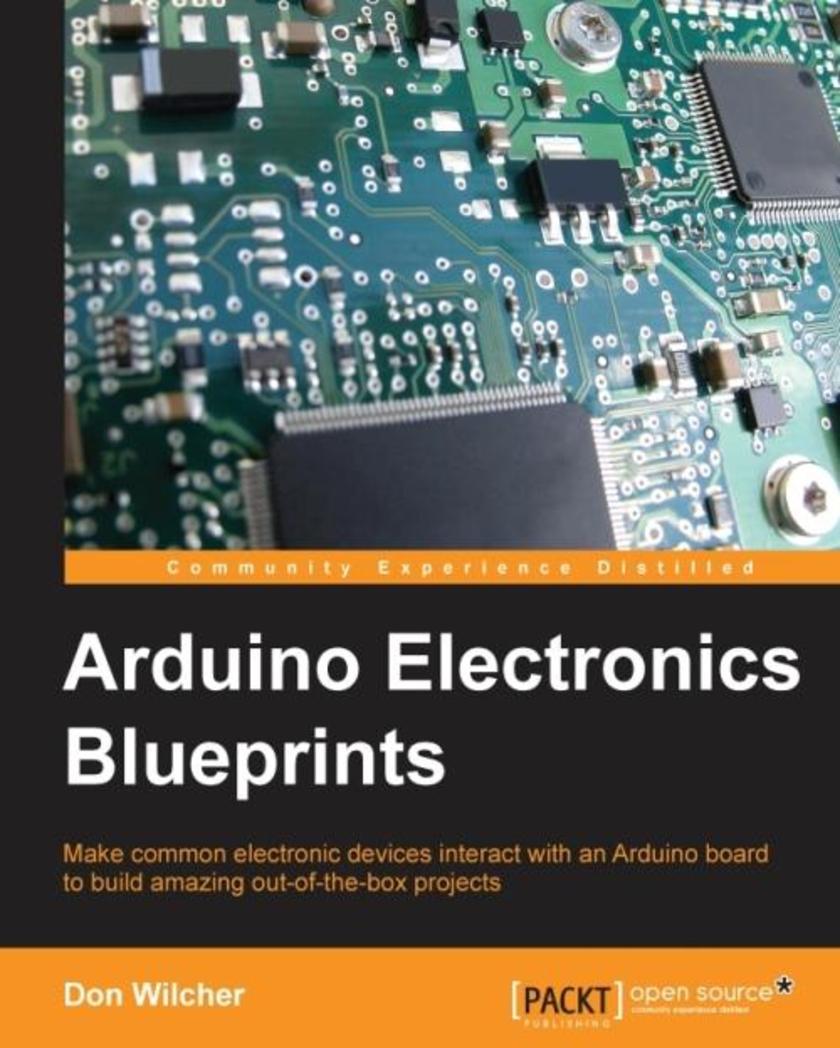
Arduino Electronics Blueprints
¥80.65
This book is intended for those who want to learn about electronics and coding by building amazing devices and gadgets with Arduino. If you are an experienced developer who understands the basics of electronics, then you can quickly learn how to build smart devices using Arduino. The only experience needed is a desire to learn about electronics, circuit breadboarding, and coding.
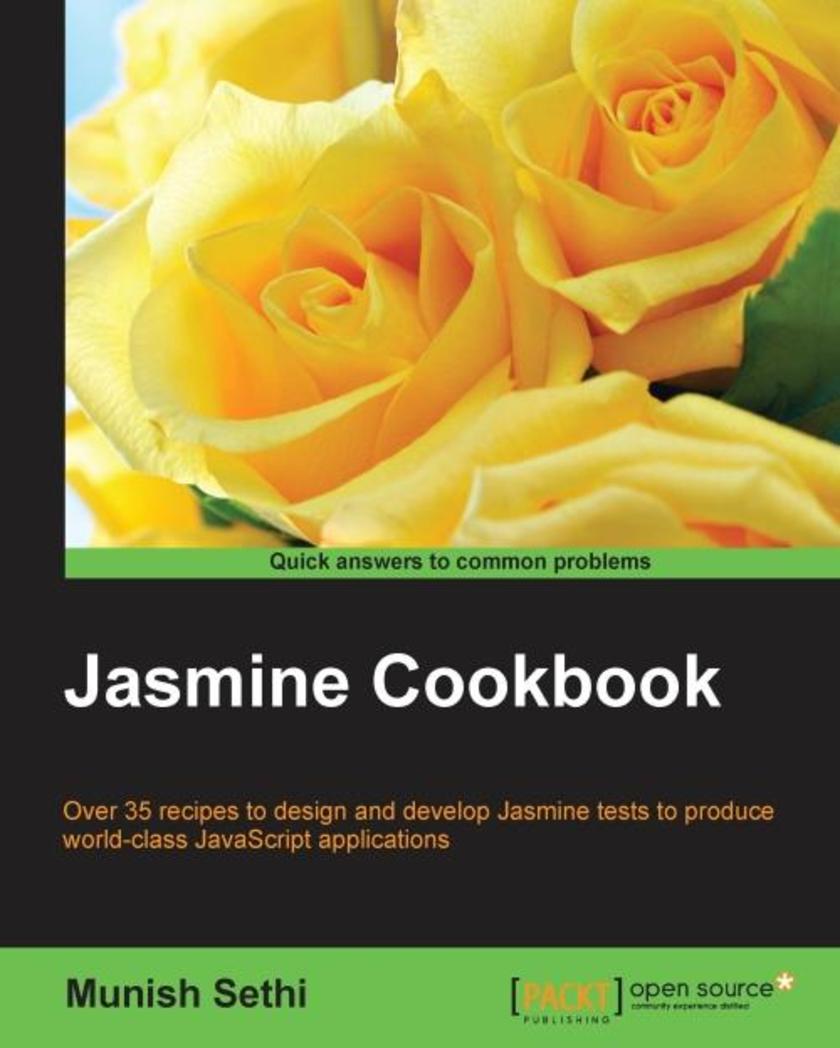
Jasmine Cookbook
¥90.46
If you are a competent JavaScript developer who wants to design and implement tests using Jasmine in order to minimize bugs in the production environment, then this book is ideal for you. Some familiarity with unit testing and code coverage concepts such as branch coverage along with basic knowledge of Node.js, AngularJS, and CoffeeScript is required.
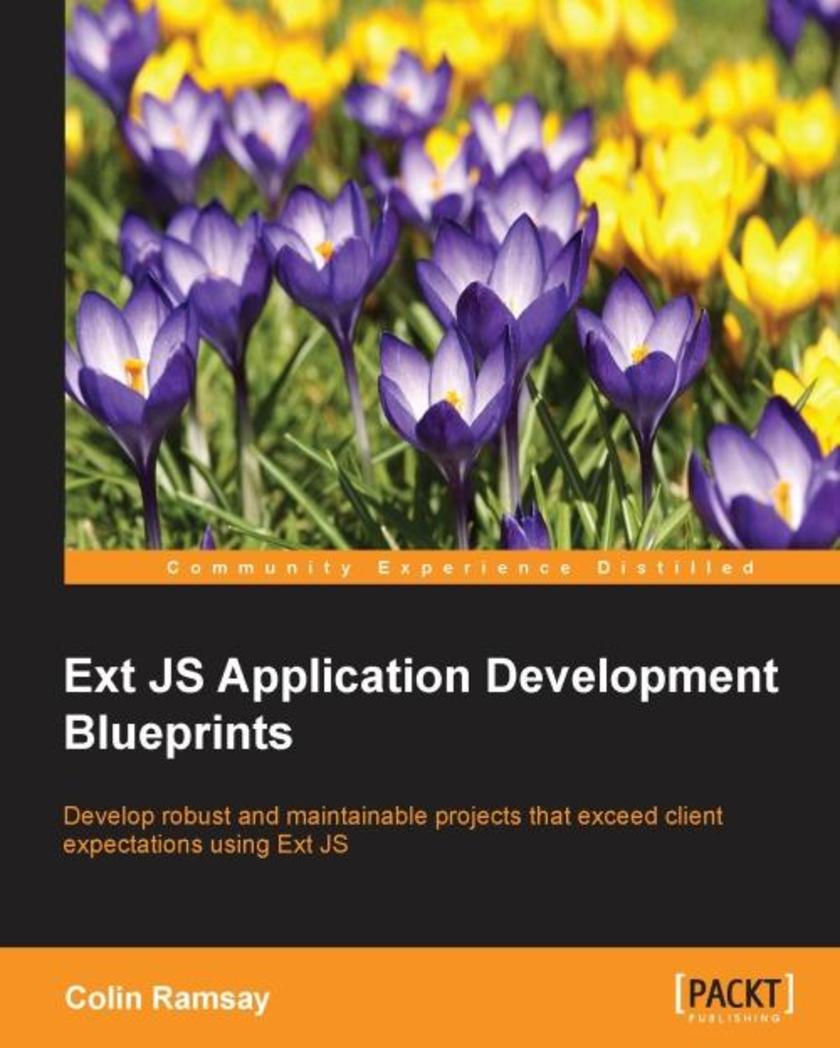
Ext JS Application Development Blueprints
¥80.65
If you are a developer who has knowledge of Ext JS but would like to expand it to encompass the bigger picture of application development, then this book is ideal for you.
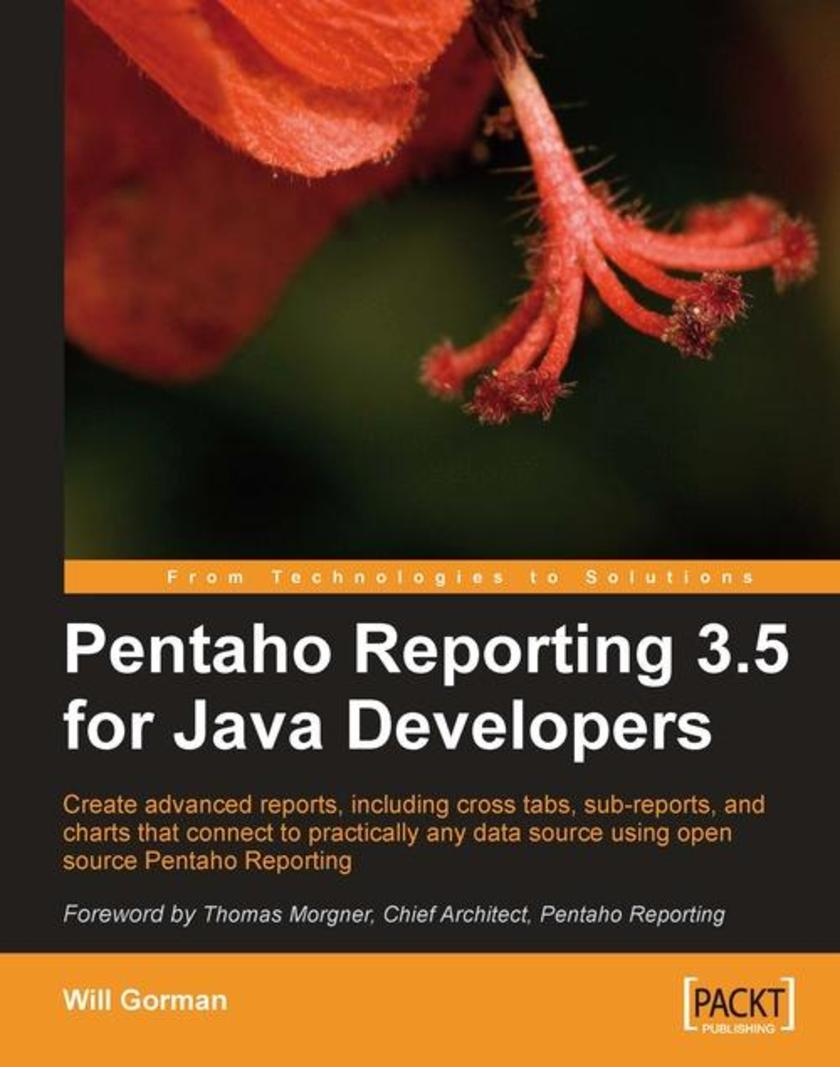
Pentaho Reporting 3.5 for Java Developers
¥80.65
This hands-on tutorial, filled with exercises and examples, introduces the reader to a variety of concepts within Pentaho Reporting. With screenshots that show you how reports look at design time as well as how they should look when rendered as PDF, Excel, or HTML, this book also contains complete example source code that you can copy and paste into your environment to get up and running quickly. This book is primarily written for Java developers who want to assemble custom reporting solutions with Pentaho Reporting. Their main interest is in the technical details of creating reports and they want to see how to solve common report problems with a minimum of fuss; they do not need an overview of BI or the importance of reporting. Secondary audiences of this book are IT professionals who need to install a reporting solution in their environment, and want to learn advanced concepts within Pentaho Reporting such as sub-reports, cross-tabs, data source configuration, and metadata-based reporting.
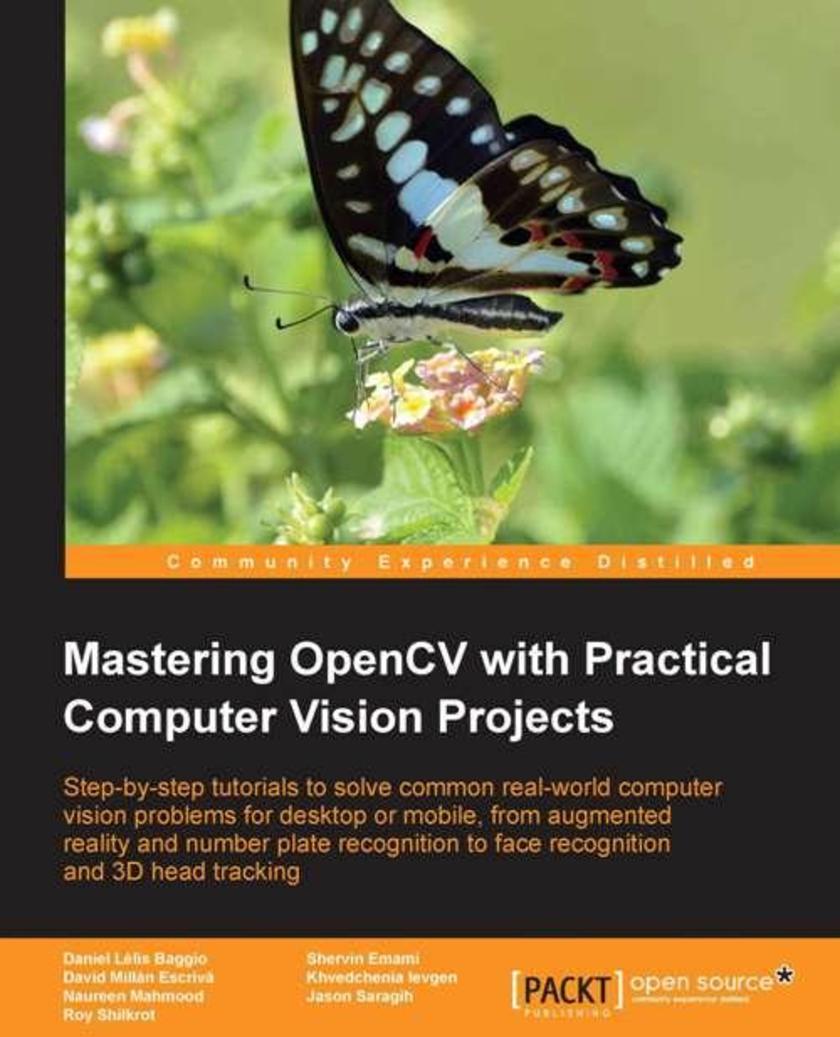
Mastering OpenCV with Practical Computer Vision Projects
¥80.65
Each chapter in the book is an individual project and each project is constructed with step-by-step instructions, clearly explained code, and includes the necessary screenshots. You should have basic OpenCV and C/C++ programming experience before reading this book, as it is aimed at Computer Science graduates, researchers, and computer vision experts widening their expertise.
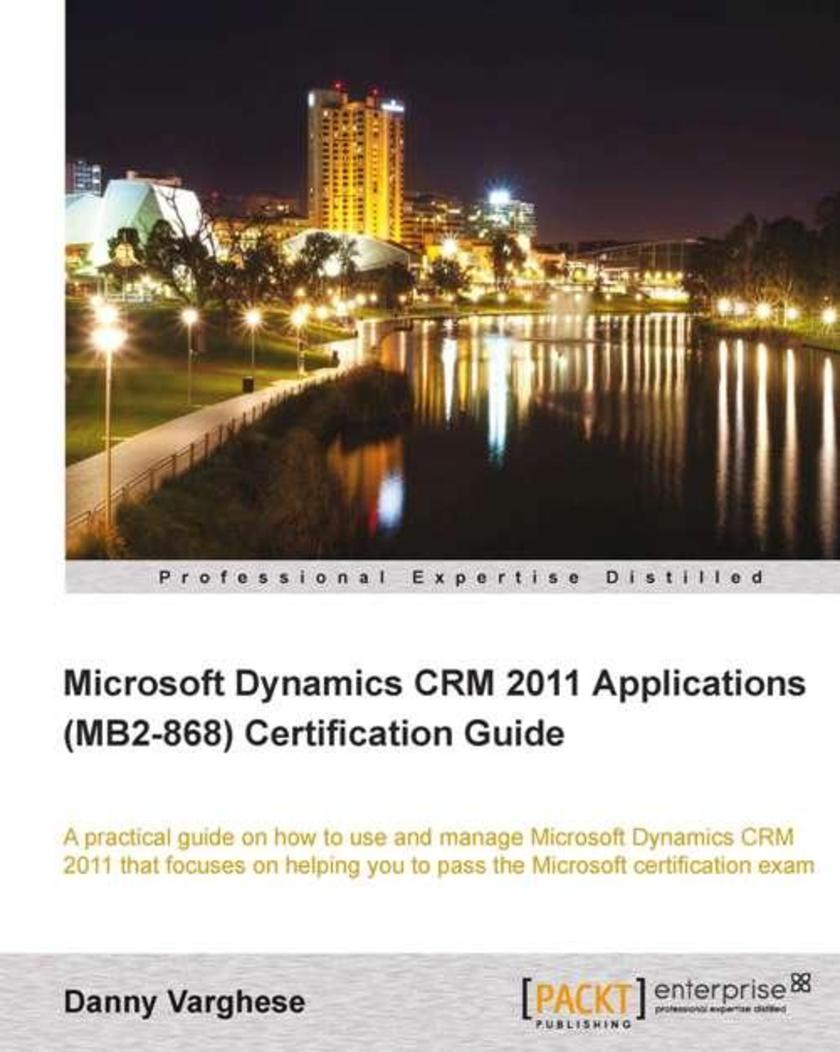
Microsoft Dynamics CRM 2011 Applications (MB2-868) Certification Guide
¥107.90
This Certification guide will follow a step-by-step approach to instruct the reader what they need to know to be able to become certified with Microsoft Dynamics CRM 2011. If you will implement Microsoft Dynamics CRM 2011, this book is for you. You should have a working knowledge of Microsoft Windows, Microsoft Internet Explorer, and Microsoft Office.




 购物车
购物车 个人中心
个人中心



